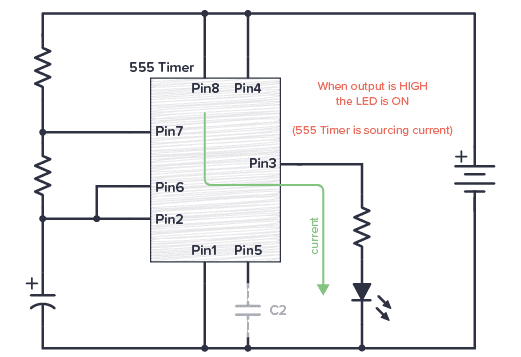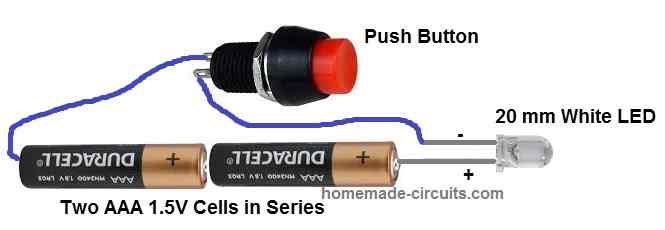Follow along with the video below to see how to install our site as a web app on your home screen.
Note: This feature may not be available in some browsers.


I would start by giving them a D cell battery and a small electric motor - make sure they understand what a circuit isHi everyone .
Can you suggest very simple circuits for a group of teenagers who are studying electronics for the first time to build ?.
Thank you .
Hi everyone .
Can you suggest very simple circuits for a group of teenagers who are studying electronics for the first time to build ?.
Thank you .

 www.homemade-circuits.com
www.homemade-circuits.com


